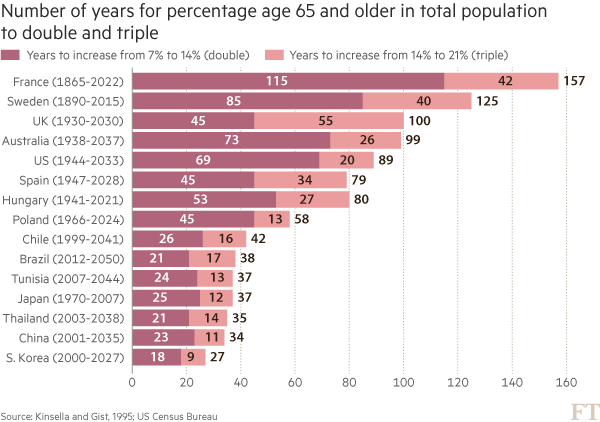WebR 0.1.0 was released! I had been git-stalking George (the absolute genius who we all must thank for this) for a while and noticed the GH org and repos being updated earlier this week, So, I was already pretty excited.
It dropped today, and you can hit that link for all the details and other links.
I threw together a small demo to show how to get it up and running without worrying about fancy “npm projects” and the like.
View-source on that link, or look below for a very small (so, hopefully accessible) example of how to start working with WASM-ified R in a web context.
UPDATE:
Four more links:
- vega-lite demo
- Observable Plot demo
- “Reactive” sans React/Shiny demo that also includes WebR reading from a remote CSV
- Dashboard
<html xmlns="http://www.w3.org/1999/xhtml">
<head>
<meta charset="UTF-8">
<meta name="viewport" content="width=device-width, initial-scale=1">
<title>WebR Super Simple Demo</title>
<link rel="stylesheet" href="/style.css" type="text/css">
<style>
li {
font-family:monospace;
}
.nospace {
margin-bottom: 2px;
}
</style>
</head>
<body>
<div id="main">
<p>Simple demo to show the basics of calling the new WebR WASM!!!!</p>
<p><code>view-source</code> to see how the sausage is made</code></p>
<p class="nospace">Input a number, press "Call R" (when it is enabled) and magic will happen.</p>
<!-- We'll pull the value from here -->
<input type="text" id="x" value="10">
<!-- This button is disabled until WebR is loaded -->
<button disabled="" id="callr">Call R</button>
<!-- Output goes here -->
<div id="output"></div>
<!-- WebR is a module so you have to do this. -->
<!-- NOTE: Many browsers will not like it if `.mjs` files are served -->
<!-- with a content-type that isn't text/javascript -->
<!-- Try renaming it from .mjs to .js if you hit that snag. -->
<script type="module">
// https://github.com/r-wasm/webr/releases/download/v0.1.0/webr-0.1.0.tar.gz
//
// I was lazy and just left it in one directory
import { WebR } from '/webr-d3-demo/webr.mjs'; // service workers == full path starting with /
const webR = new WebR(); // get ready to Rumble
await webR.init(); // shot's fired
console.log("WebR"); // just for me b/c I don't trust anything anymore
// we call this function on the button press
async function callR() {
let x = document.getElementById('x').value.trim(); // get the value we input; be better than me and do validation
console.log(`x = ${x}`) // as noted, i don't trust anything
let result = await webR.evalR(`rnorm(${x},5,1)`); // call some R!
let output = await result.toArray(); // make the result something JS can work with
document.getElementById("output").replaceChildren() // clear out the <div> (this is ugly; be better than me)
// d3 ops
d3.select("#output").append("ul")
const ul = d3.select("ul")
ul.selectAll("li")
.data(output)
.enter()
.append("li")
.text(d => d)
}
// by the time we get here, WebR is ready, so we tell the button what to do and re-enable the button
document.getElementById('callr').onclick = callR;
document.getElementById('callr').disabled = false;
</script>
<!-- d/l from D3 site or here if you trust me -->
<script src="d3.min.js"></script>
</div>
</body>
</html>






